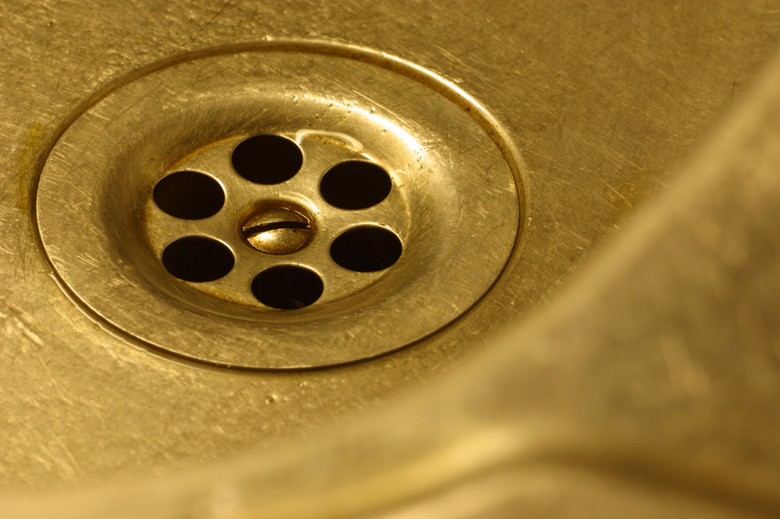Are Home Sewage Leaks Harmful To Humans?
Raw sewage leaving a residence typically consists of everything that that is conveyed down any drain by water, toilet water included. This includes human excrement, hygiene and beauty products, soaps, detergents, cleaning products, food waste and anything that gets cleaned up from a spill. These materials mix and react in sewage, along with the natural reactions of microorganisms that inhabit the sewage. Residential sewage leaks can be hazardous.
Gas Hazards
Gas Hazards
The most immediate danger from a residential sewage leak is gas. Sewage can generate a variety of gases, including carbon dioxide, methane, chlorine, nitrous oxide, hydrogen sulfide and sulfur dioxide. Any of these gases can cause people and animals in the house to suffer from a lack of oxygen, which can cause disorientation. The most common gas hazards from sewage leaks are hydrogen sulfide and methane. Hydrogen sulfide is toxic, and can cause sickness, disorientation and even death in high doses. Methane can asphyxiate occupants of the house, acting quickly even in small amounts to produce unconsciousness and death.
Dangerous Pathogens
Dangerous Pathogens
Pathogenic organisms – or pathogens – are microorganisms that can cause illness in humans. While the bacteria that inhabit the human gut are non-pathogenic in the gut, they can be pathogenic if they are ingested again once they have left the body. Sewage leaks release these organisms, where casual contact can cause the pathogens to come into contact with food. Moreover, raw sewage is an ideal medium for many pathogenic organisms that grow outside the body. Botulism – a powerful toxin – is produced by the bacteria Clostridium botulinum, which can be produced in raw sewage where there is little oxygen. E-coli, salmonella, campylobacter, intestinal amoebas, shigella and even cholera are included in the list of pathogens that can be carried in raw sewage.
Septic Systems
Septic Systems
Bacteria are important to break down sewage as part of the cycle of treatment that will make the water safe for reintroduction into aquifers and waterways. That is the purpose of most underground septic tanks – to allow bacteria to work on the sewage before it is sent forward to a drainfield, or leechfield, where it can percolate through the subsoil's natural filters and back into the water table. Some people think bacteria needs to be added to sewage from the house to ensure the septic tank works properly, and they add yeast or other bacteria-producing materials to flushed water. This is unnecessary, and it could cause pathogens to occur in sewage before it leaves the house, which would be released in the event of a leak.
Chemicals
Chemicals
One way to disrupt the septic system's production of beneficial bacteria is to flush chemicals down the drains and toilets. Cleaning products, paints and thinners, and pesticides can kill beneficial bacteria. The other problem with these products is that they can actually cause leaks, and the leaks can then expose your family to these chemicals. Many of these chemicals are corrosive. They damage pipes, break down pipe joints and promote oxidation. If this damage results in a leak, then these same chemicals are released into the house.
References
- Wisconsin Department of Health Services: Indoor Air – Sewer Gas
- National Institutes for Health: Cyanobacteria and Bacteria Co-occurrence in a Wastewater Treatment Plant – Absence of Allelopathic Effects
- Central Michigan District Health Department: Consultation and System Maintenance (Sewage)
- National Institutes of Health; The Case Against Land Application of Sewage Sludge Pathogens; Maureen Reilly
- The Watchers; Bacteria in Sewage Sludge Biosolids and Reclaimed Water; Jim Bynum
